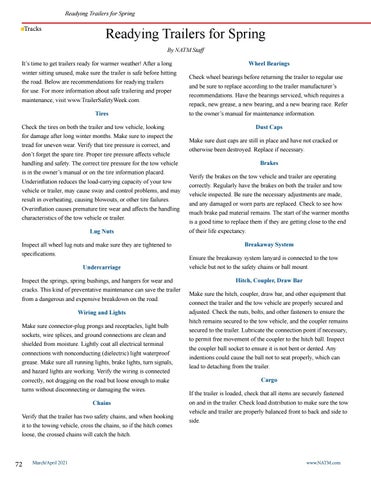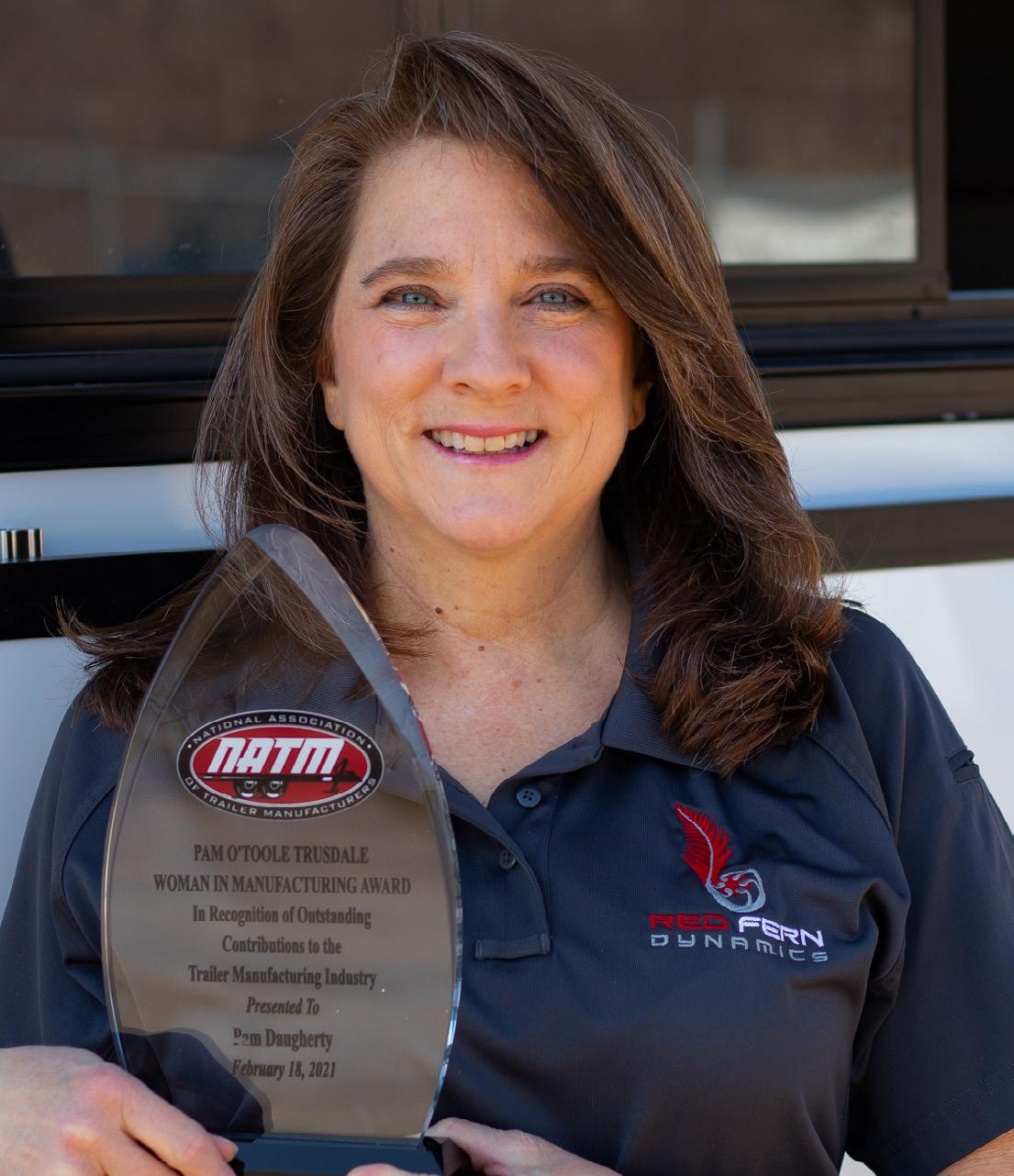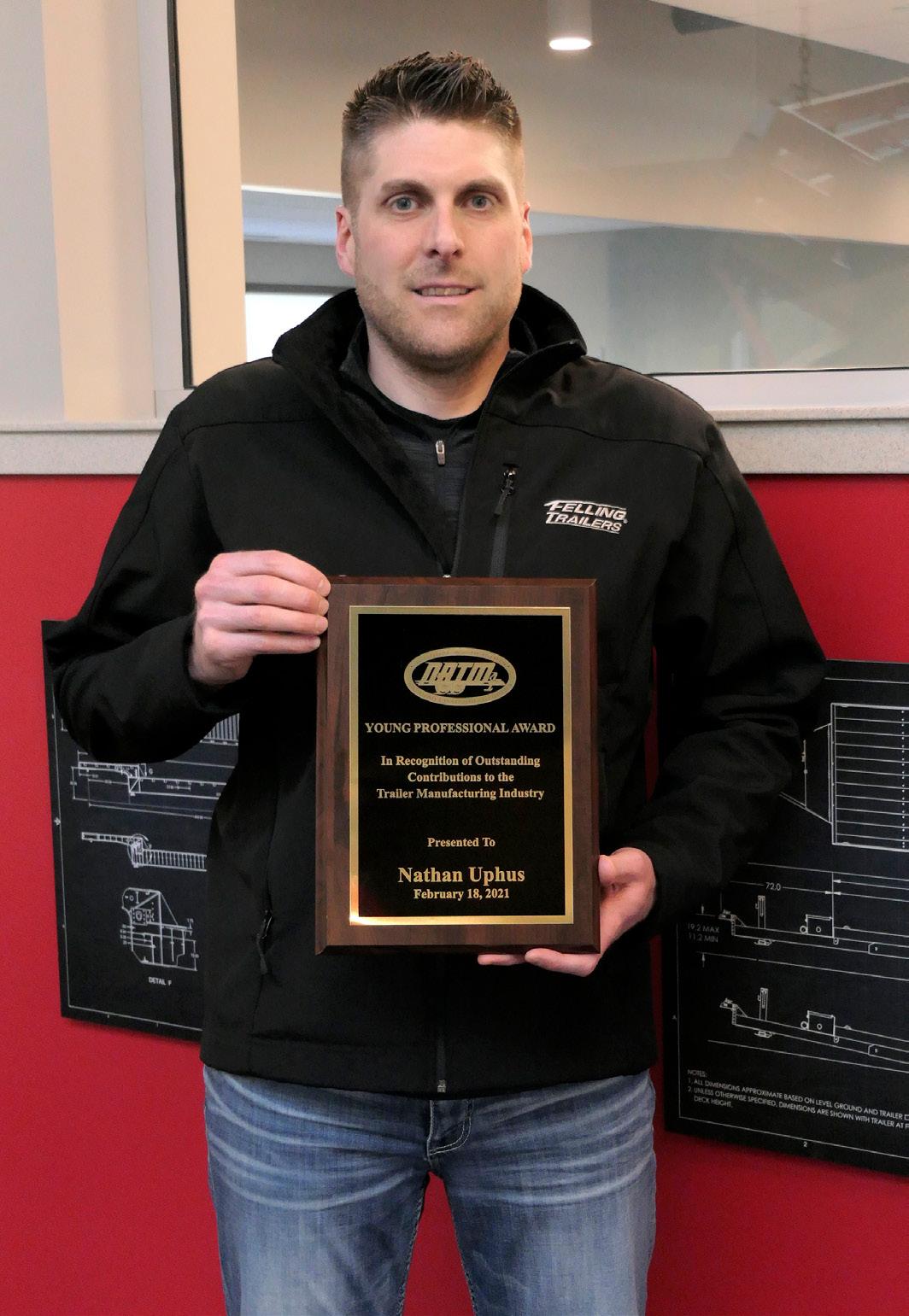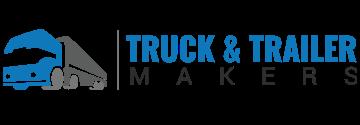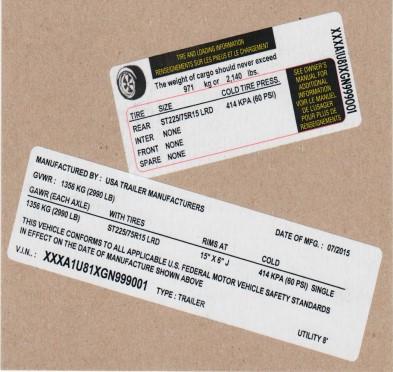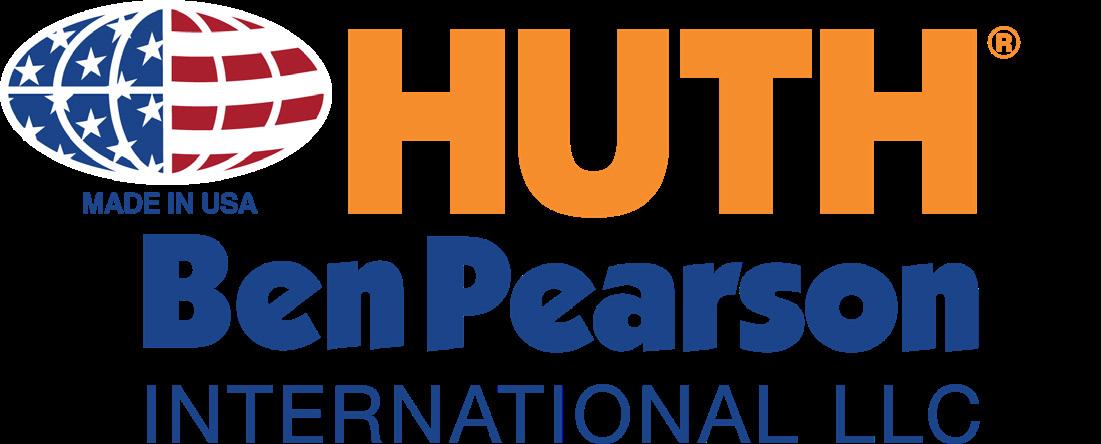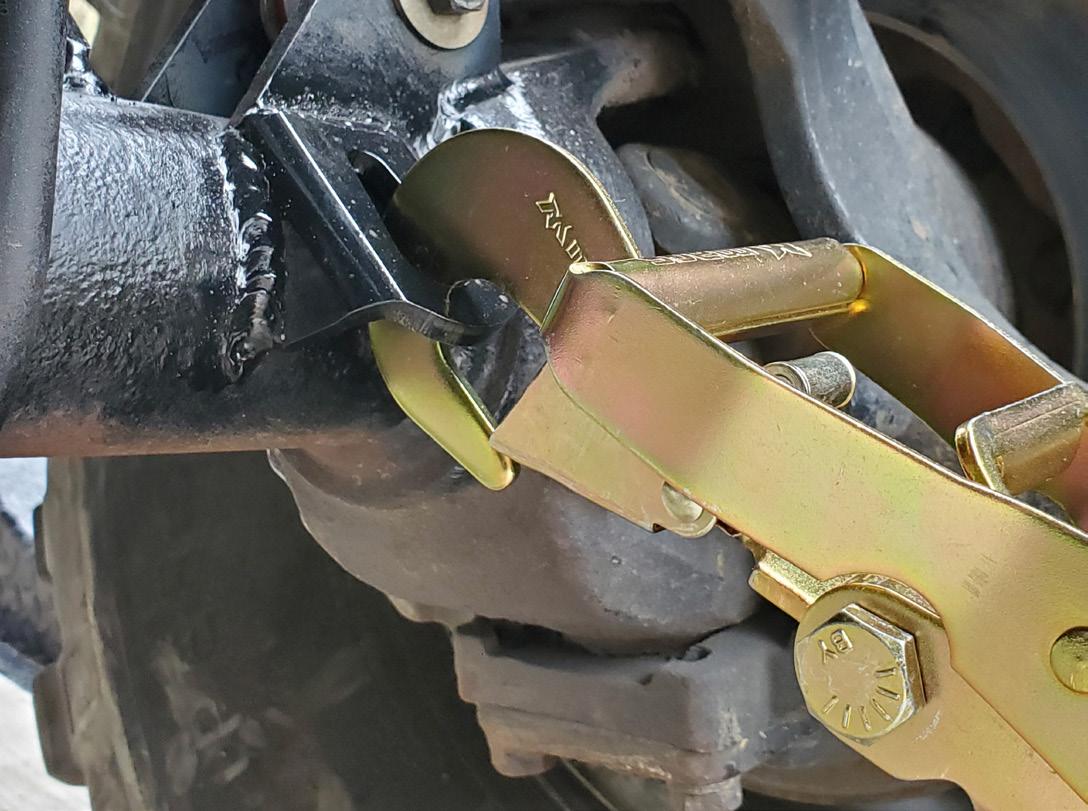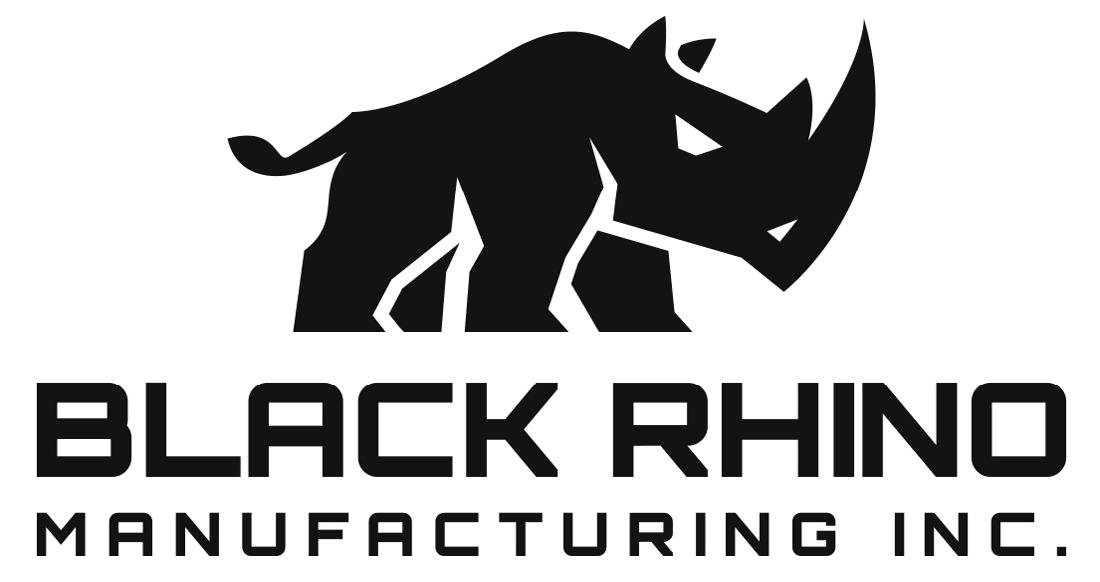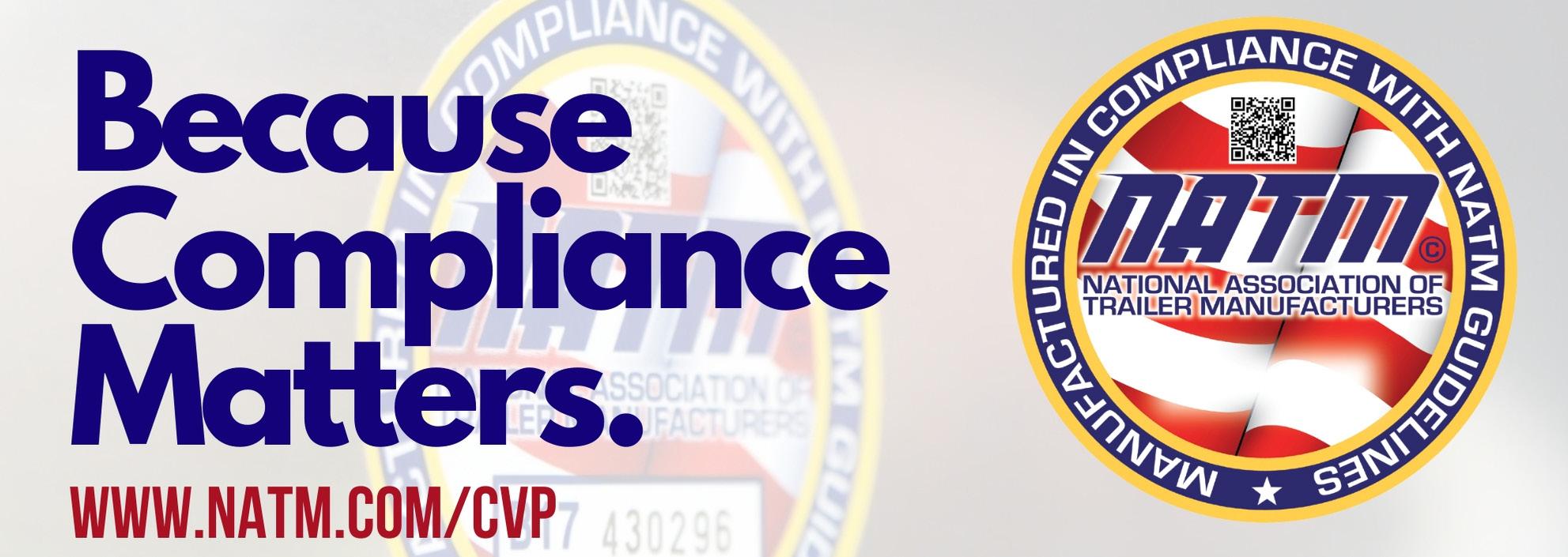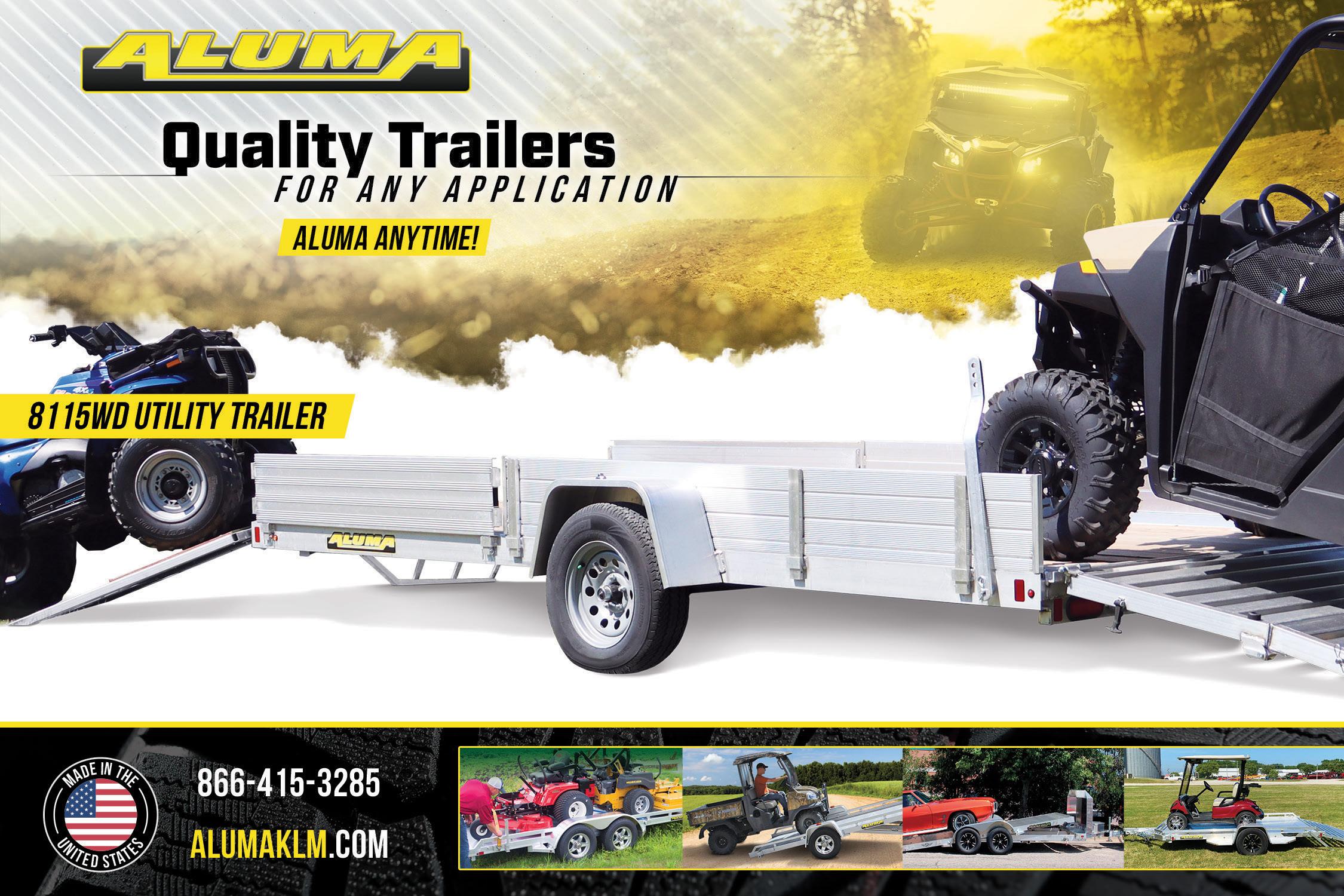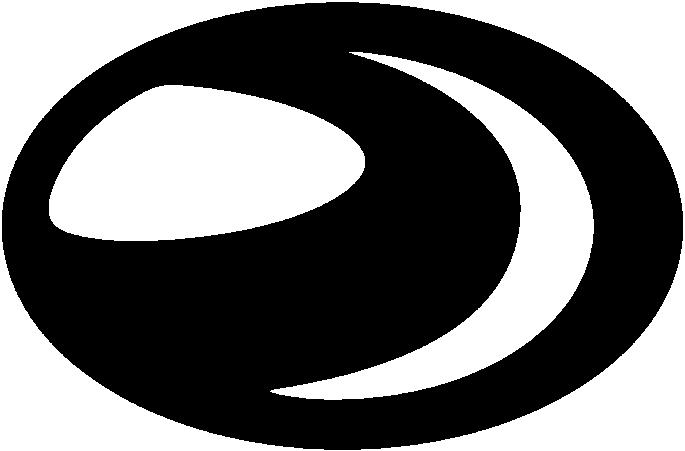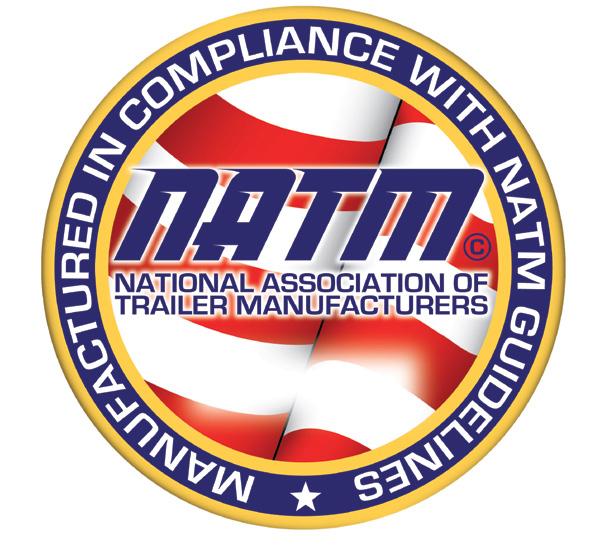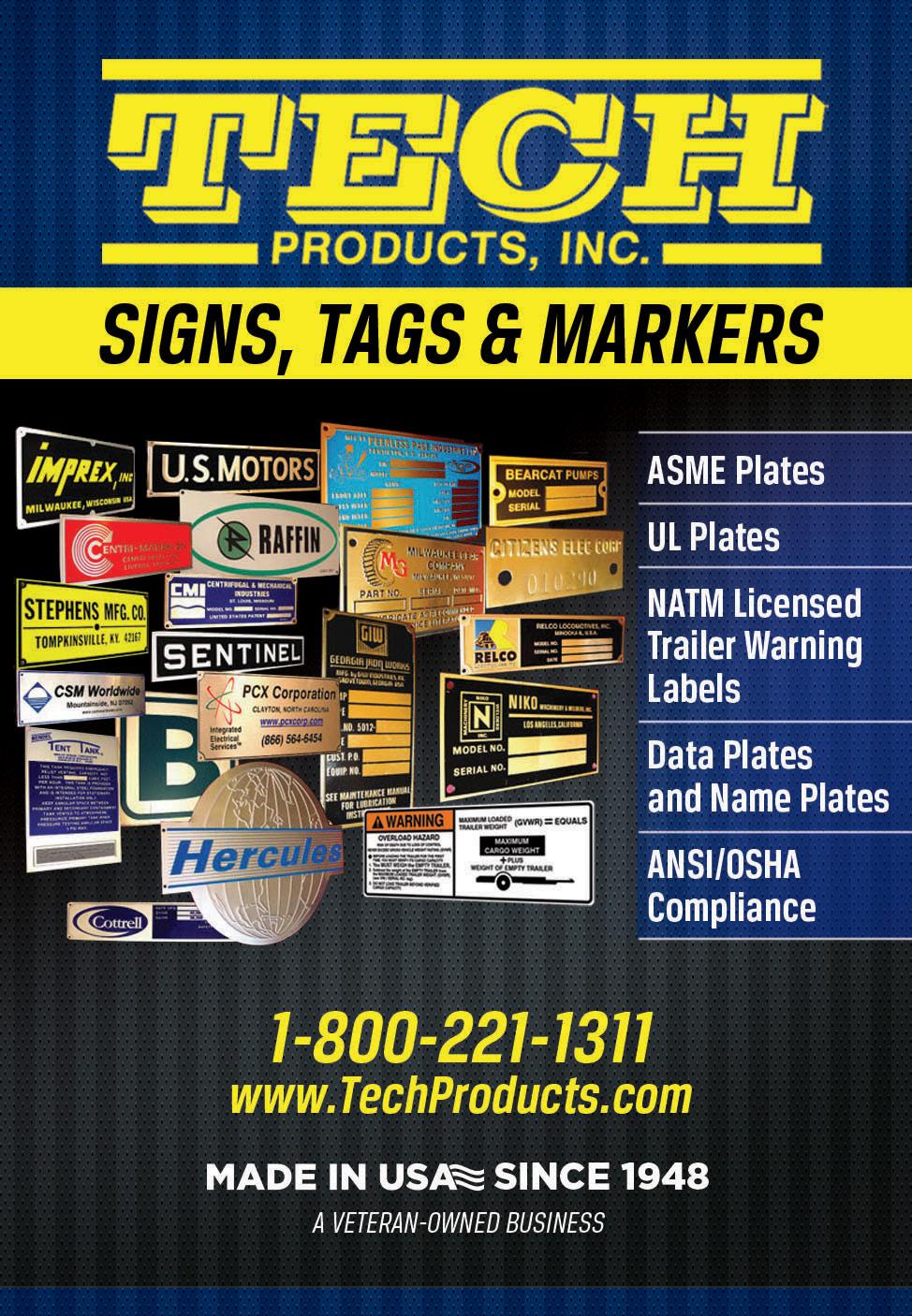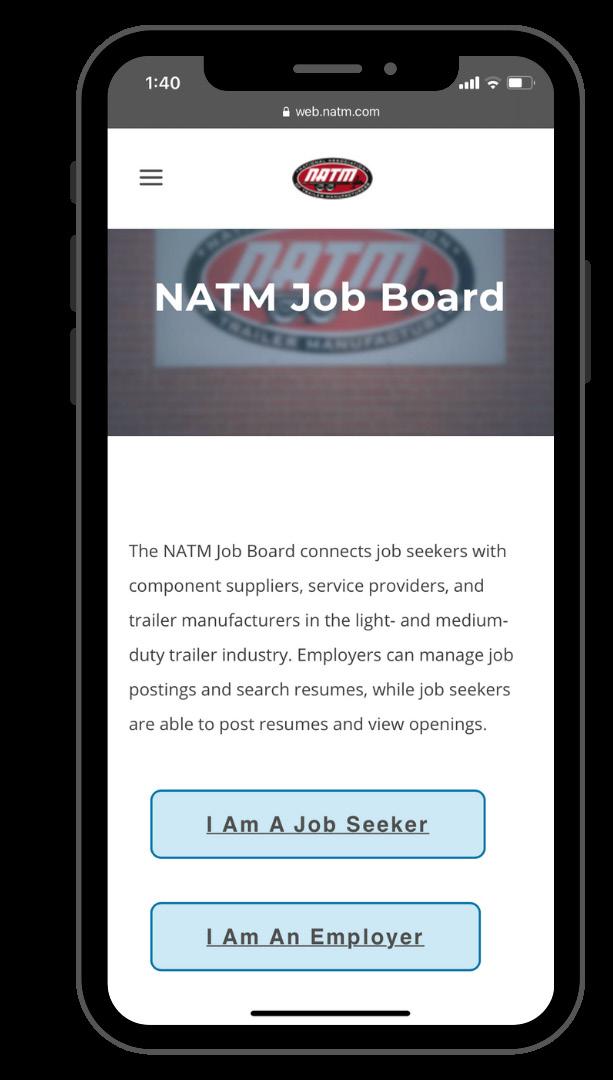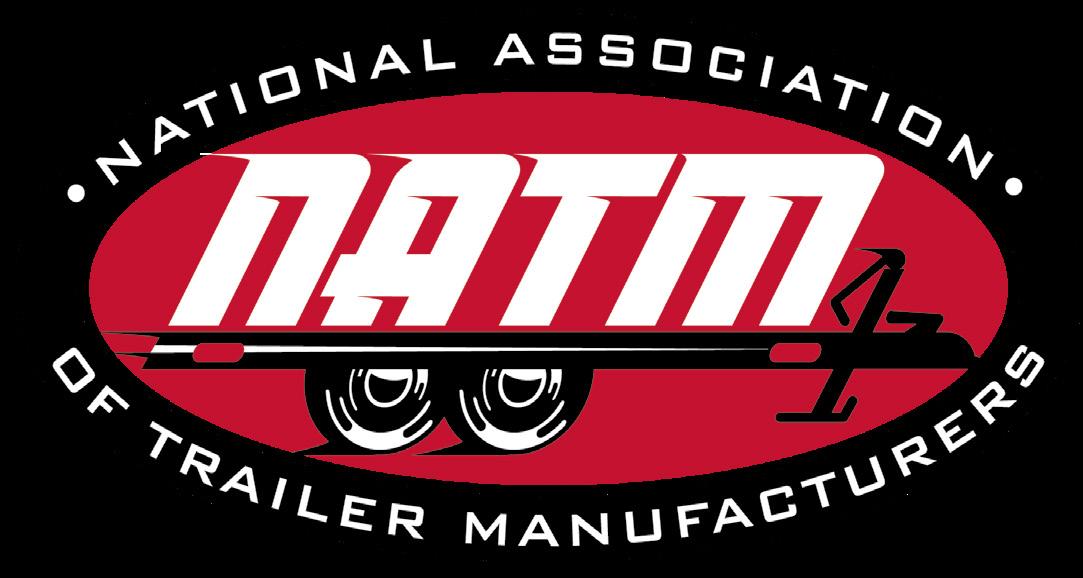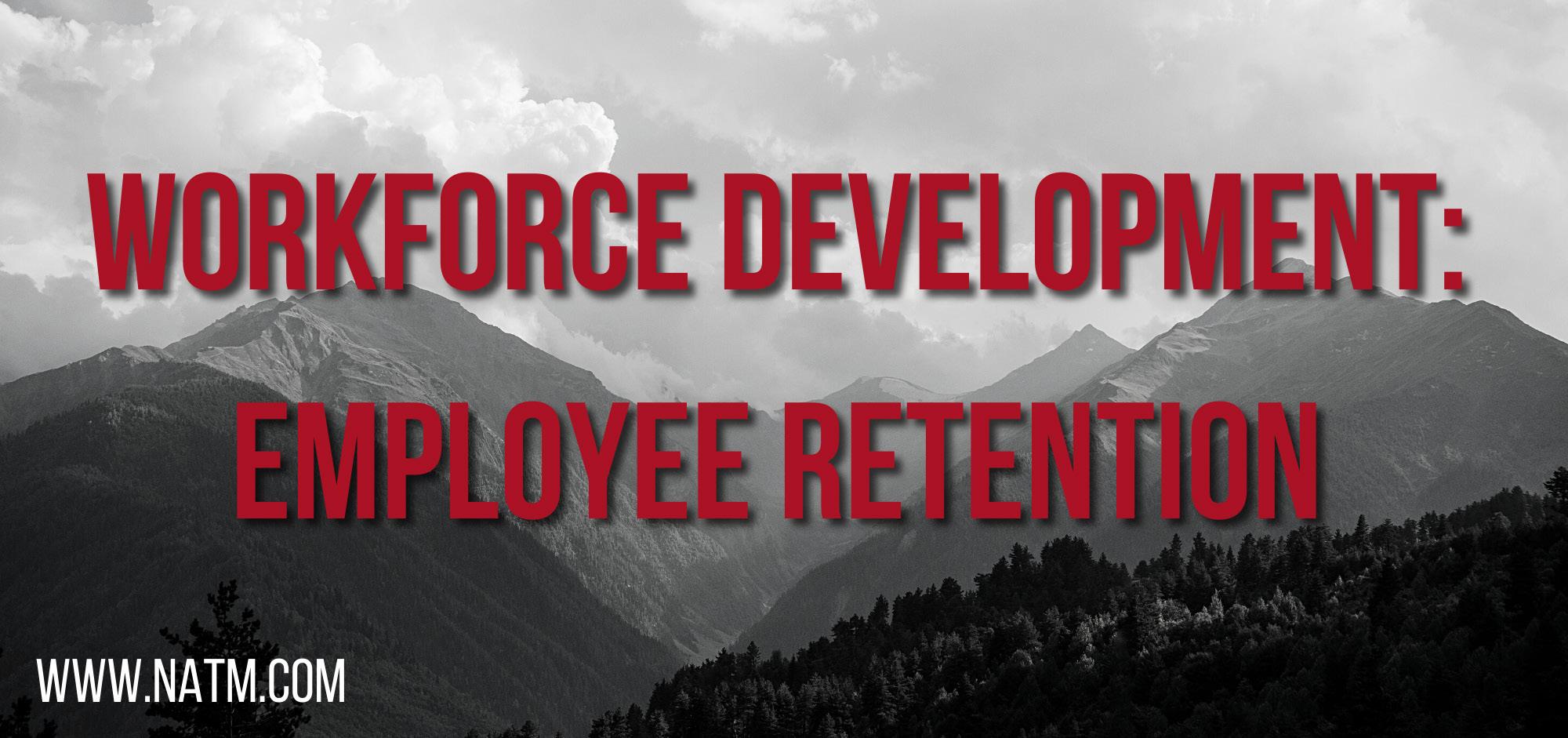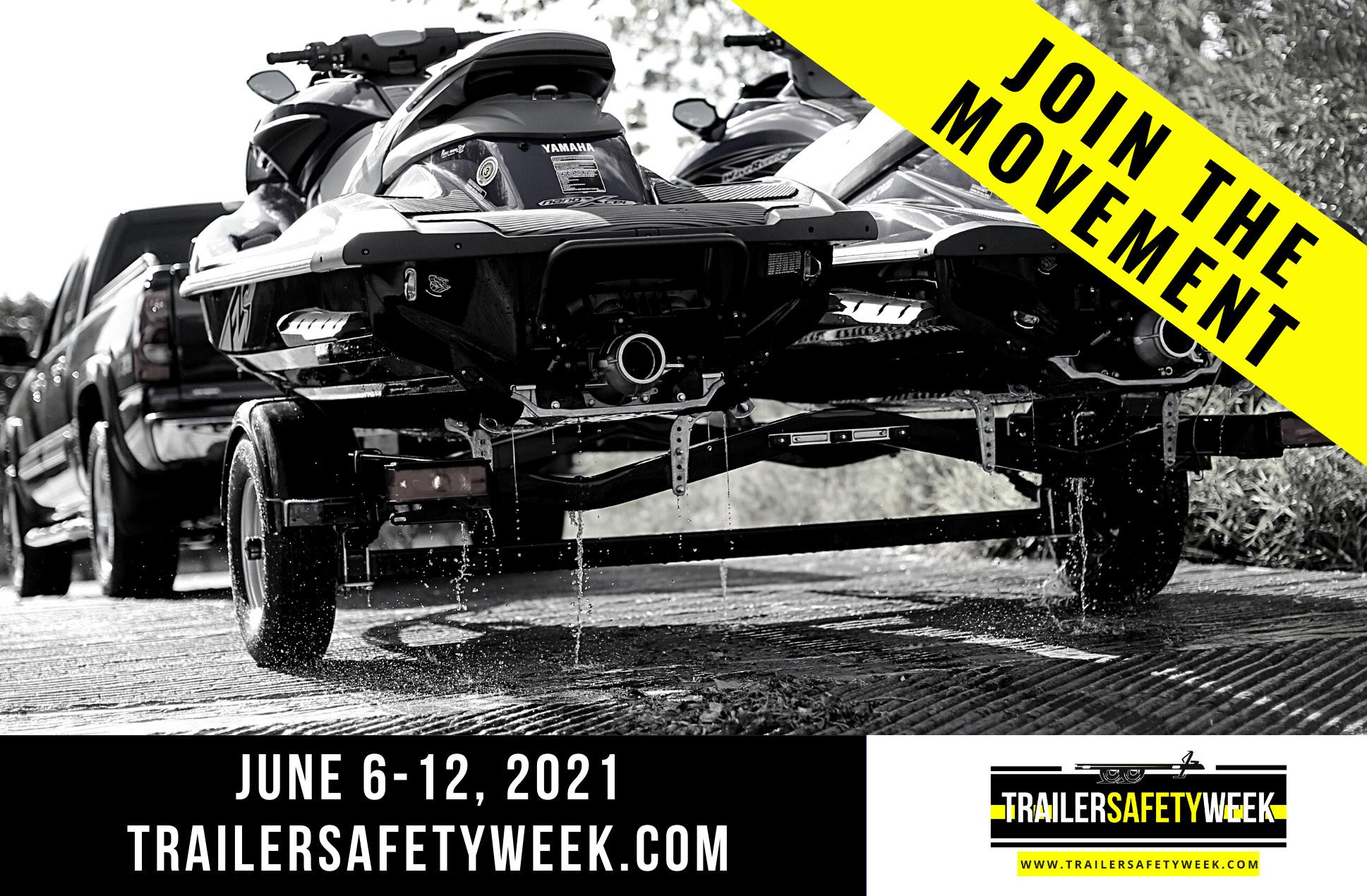Readying Trailers for Spring
Tracks
Readying Trailers for Spring By NATM Staff
It’s time to get trailers ready for warmer weather! After a long winter sitting unused, make sure the trailer is safe before hitting the road. Below are recommendations for readying trailers for use. For more information about safe trailering and proper maintenance, visit www.TrailerSafetyWeek.com. Tires Check the tires on both the trailer and tow vehicle, looking for damage after long winter months. Make sure to inspect the tread for uneven wear. Verify that tire pressure is correct, and don’t forget the spare tire. Proper tire pressure affects vehicle handling and safety. The correct tire pressure for the tow vehicle is in the owner’s manual or on the tire information placard. Underinflation reduces the load-carrying capacity of your tow vehicle or trailer, may cause sway and control problems, and may result in overheating, causing blowouts, or other tire failures. Overinflation causes premature tire wear and affects the handling characteristics of the tow vehicle or trailer. Lug Nuts Inspect all wheel lug nuts and make sure they are tightened to specifications. Undercarriage Inspect the springs, spring bushings, and hangers for wear and cracks. This kind of preventative maintenance can save the trailer from a dangerous and expensive breakdown on the road. Wiring and Lights Make sure connector-plug prongs and receptacles, light bulb sockets, wire splices, and ground connections are clean and shielded from moisture. Lightly coat all electrical terminal connections with nonconducting (dielectric) light waterproof grease. Make sure all running lights, brake lights, turn signals, and hazard lights are working. Verify the wiring is connected correctly, not dragging on the road but loose enough to make turns without disconnecting or damaging the wires. Chains Verify that the trailer has two safety chains, and when hooking it to the towing vehicle, cross the chains, so if the hitch comes loose, the crossed chains will catch the hitch.
72
March/April 2021
Wheel Bearings Check wheel bearings before returning the trailer to regular use and be sure to replace according to the trailer manufacturer’s recommendations. Have the bearings serviced, which requires a repack, new grease, a new bearing, and a new bearing race. Refer to the owner’s manual for maintenance information. Dust Caps Make sure dust caps are still in place and have not cracked or otherwise been destroyed. Replace if necessary. Brakes Verify the brakes on the tow vehicle and trailer are operating correctly. Regularly have the brakes on both the trailer and tow vehicle inspected. Be sure the necessary adjustments are made, and any damaged or worn parts are replaced. Check to see how much brake pad material remains. The start of the warmer months is a good time to replace them if they are getting close to the end of their life expectancy. Breakaway System Ensure the breakaway system lanyard is connected to the tow vehicle but not to the safety chains or ball mount. Hitch, Coupler, Draw Bar Make sure the hitch, coupler, draw bar, and other equipment that connect the trailer and the tow vehicle are properly secured and adjusted. Check the nuts, bolts, and other fasteners to ensure the hitch remains secured to the tow vehicle, and the coupler remains secured to the trailer. Lubricate the connection point if necessary, to permit free movement of the coupler to the hitch ball. Inspect the coupler ball socket to ensure it is not bent or dented. Any indentions could cause the ball not to seat properly, which can lead to detaching from the trailer. Cargo If the trailer is loaded, check that all items are securely fastened on and in the trailer. Check load distribution to make sure the tow vehicle and trailer are properly balanced front to back and side to side.
www.NATM.com
